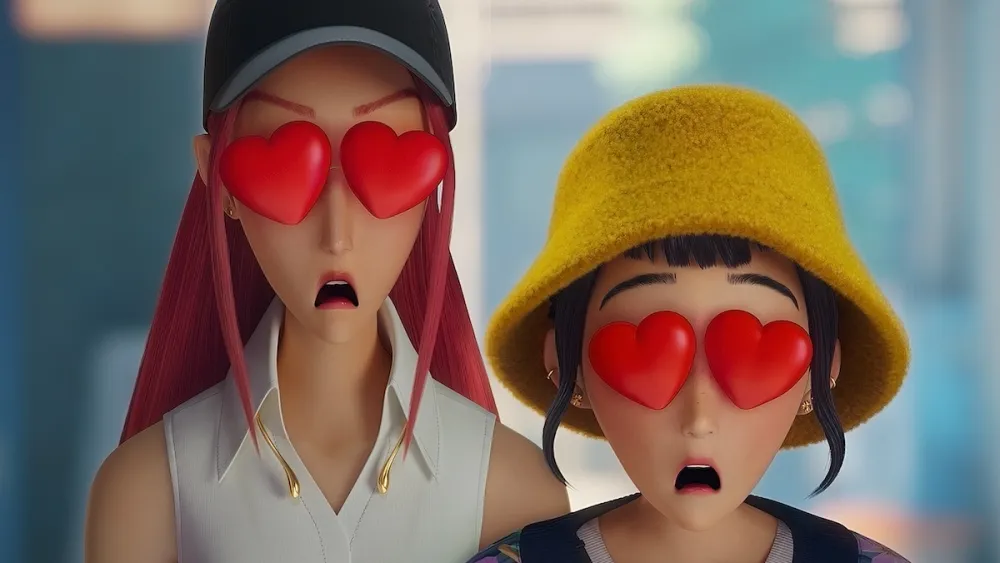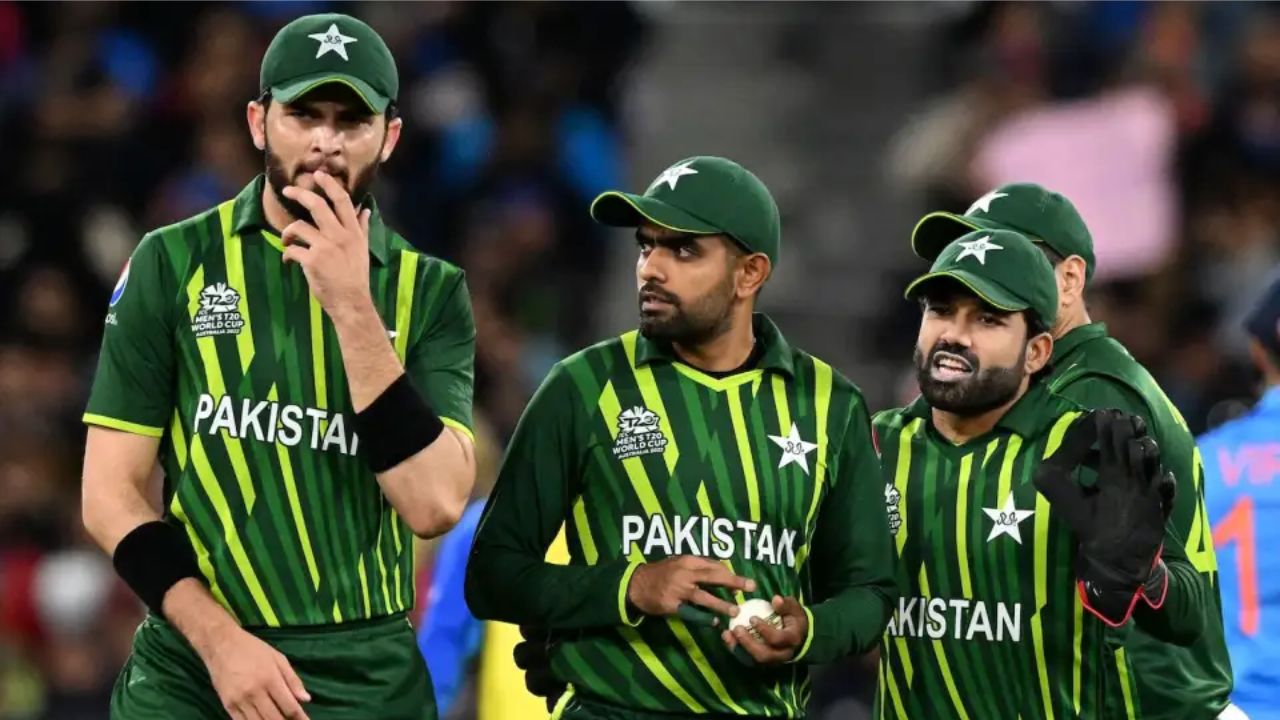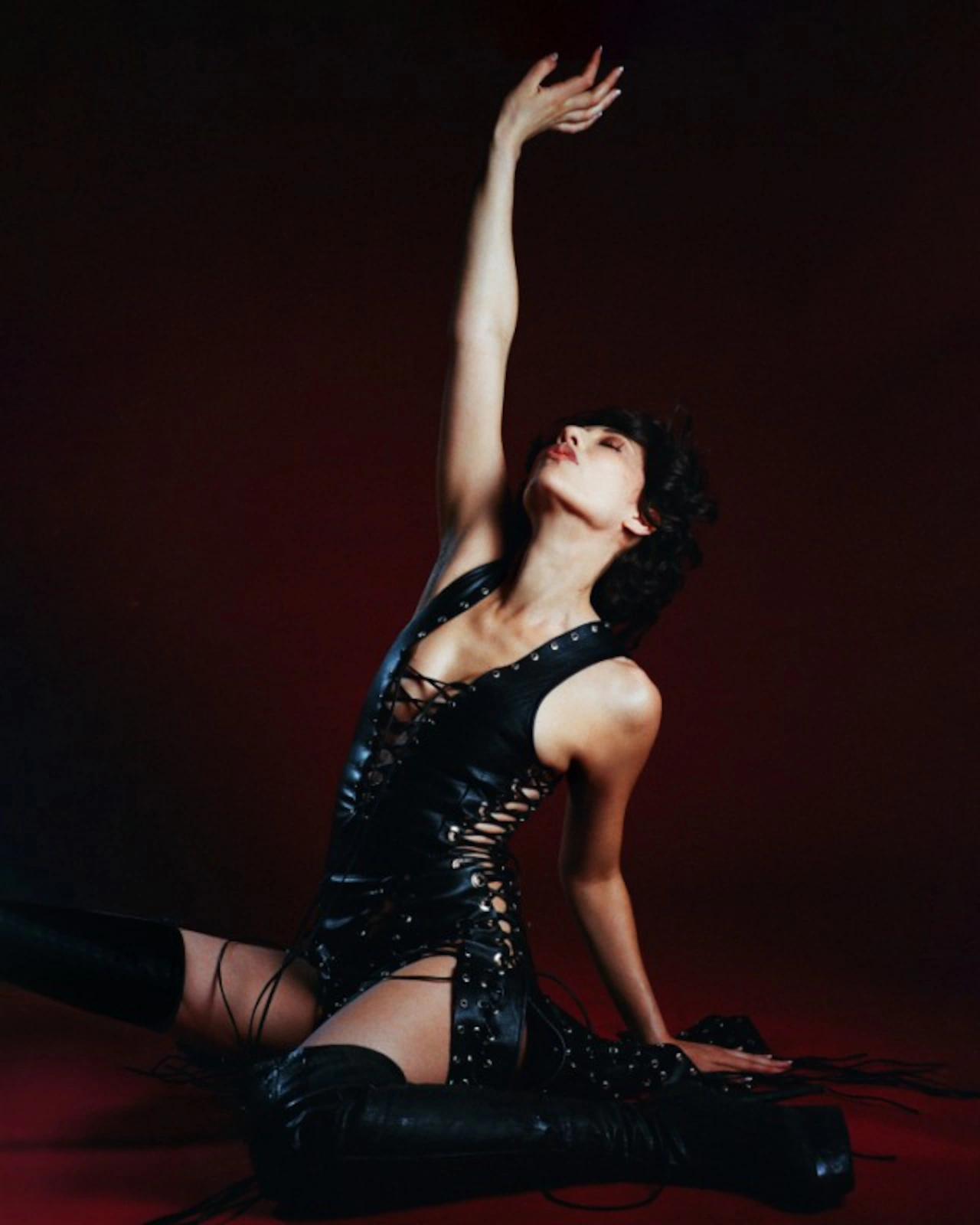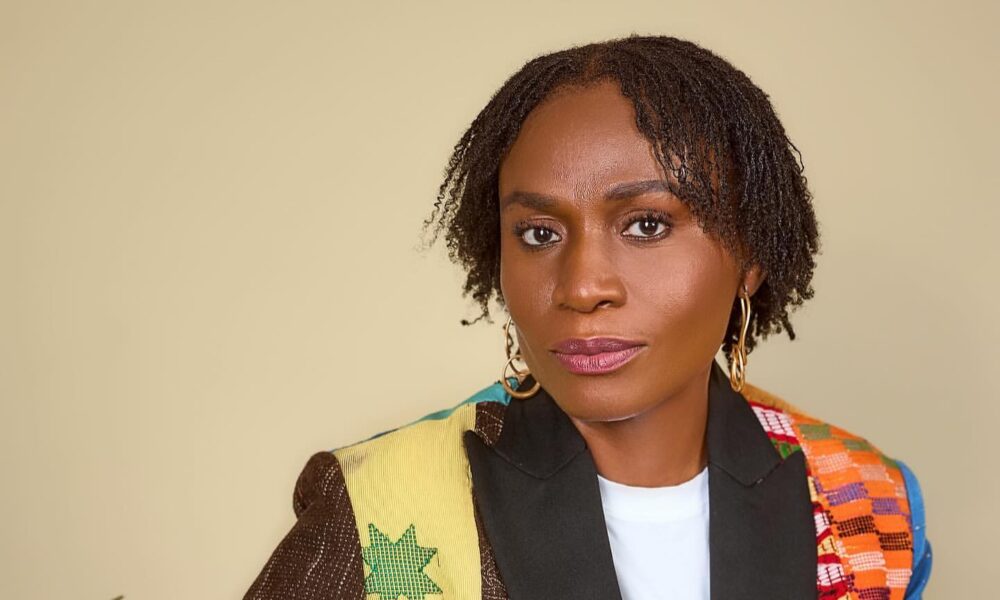Copyright Variety

Everyone has theories about why Sony Pictures Animation’s “KPop Demon Hunters” turned out to be such a massive phenomenon on Netflix, surpassing everything else to become the streamer’s most-watched original movie. During a sold-out panel at the Animation Is Film Festival in Los Angeles, the creative team let a few trade secrets slip as they unpacked an iconic scene from the movie: the one where South Korea’s hottest singing trio Huntrix initially cross paths with the Saja Boys, a rival band comprised of five ridiculously handsome hunks (who also happen to be demons). “I’ve been waiting to talk about this scene for so long,” said director Maggie Kang, who came up with the idea of combining well-rounded female characters with Korean demons in a movie where her three leads could be talented and attractive, but also silly and stupid. “When this movie was first pitched, Kristine Belson, the president of Sony Animation, said, ‘Let’s objectify the crap out of these guys.’ Finally! So that was kind of our goal: to make really thirsty girls.” In the scene, when Zoey and Mira catch sight of the guys, their eyes turn into bulging red hearts, then change shape several more times as the attraction escalates. As Zoey catches a glimpse of lead dancer Abby Saja’s abs, the hearts morph into a six-pack which turns into a corn cob, before the rising heat in Zoey’s flushed face makes them “pop.” According to Kang, this was the first major scene the team animated (not counting the 11-second “let’s get battle ready” montage where the trio suit up). Why start there? “We thought that all the jokes were landing really well. And we also just really desperately wanted it in the movie,” Kang said. Animation director Josh Beveridge described it as “a proof of concept” for the characters they’d designed: “Like, how are we gonna get these glamorous faces to also do these ridiculous things? It’s conceptually challenging, but equally technically challenging.” If you break it down, the look of “KPop Demon Hunters” reflects the intersection of three key influences: K-pop music (which tends to be slick and synchronized), K-dramas (melodramatic TV series with soft lighting, shallow focus and slo-mo that ramps down to the desired speed mid-shot) and Japanese anime (a traditionally hand-drawn style with a wide range of exaggerated facial expressions). “We had to figure out a whole bunch of fancy little animation illusions to pull this off,” Beveridge said, describing everything from highly targeted motion blur to interchangeable faces. “All that stuff breaks all the rules of everything we’ve ever done before” — and that’s saying something, considering Beveridge’s previous job at Sony Animation: “For ‘Spider-Verse,’ we had to be really graphic and flat, and this would be gentle,” he said. “If you frame through that, it’s riddled with little secrets of how we could let soft edges just creep in artistically, only where you want it, and protect those graphic lines for the jokes to read.” For example, when Zoey’s jaw drops and she starts to drool, your typical CG character rig isn’t flexible enough to accommodate the desired expression. “To get those big mouths, that’s basically a fake room floating a foot in front of the face, but it has to [look right] under the same light,” Beveridge said, “so we’re doing a lot of tricky math to make that work.” If you were to reposition the virtual camera and view the scene from a different angle, it would look absolutely horrifying, he said: “That’s why they don’t move.” According to production designer Helen Chen, to figure out how to pull off some of those more extreme expressions (inspired by the exaggerated “chibi” style used for comic effect in manga), character designer Omar Smith would sculpt to camera. “We coined this term, ‘demi-chibi,’” Chen said. “We had the version where it would go full-on, like what you see in anime,” though making it work with 3D characters required interchangeable parts and maximum flexibility — rigs Kang compared to a Mr. Potato Head. Chris Appelhans, who shared directing duties with Kang, credited character designer Ami Thompson with designing the female leads (whom he and Kang wanted to look distinctly Korean) and Scott Watanabe with making all those expressions work in 3D animation. “We had to study a lot of Korean cinematography for lighting,” Appelhans said. “It’s a different thing to light a Korean face: There are different plane changes, different things that flatter, different tricks you do to make people look their best, which was tied into our love of fashion photography, K-drama lighting, music videos. It’s all very beautiful and heightened, so that naturally gave the lighting a bit of an identity.” In the scene, after Rumi reprimands her friends for swooning to the Saja Boys, Jinu appears and an elaborate K-drama in-joke begins: The scene shifts to slo-mo, as MeloMance’s “Love, Maybe” plays on the soundtrack (a cue that directly references the show “Business Proposal,” on which Jinu voice actor Ahn Hyo-seop starred). “We’re trying to pay homage to a very K-drama moment, which uses slow motion, and we realized it’s not just slow motion. There’s like a ramp into it,” Kang said, referring to a shot like the one where Rumi’s purple braid appears, slowing down as it bursts from beneath her hoodie. “We called it fireworks … because if we just did slow-mo, it didn’t feel right.” Added Appelhans, “In a lot of the K-drama stuff that we loved, they shoot a lot of coverage. If the guy’s getting hit by a car — which is going to happen in every K-drama, even if they’re set like a thousand years ago — they would just shoot the scene from a million angles.” He and Kang used a similar technique when Jinu bumps Rumi’s shoulder in the scene, and the editing breaks continuity to show the moment from multiple angles. “We don’t get any coverage in animation unless these poor souls [the animators] make it for us, so we had to figure out the little pieces that we actually wanted, and then only animate those, and it was the same with the concerts and the music videos.” When it came to action scenes, they wanted audiences to feel the K-pop and anime influences in the choreography. Kang also lifted tricks from a super-intense Korean action film called “The Villainess.” ”You can get pretty violent if you put a lot of glitter on,” Beveridge joked. Generous helpings of “sparkle dust” helped make those sequences (the bathhouse and subway battles) feel more like “dance fighting” than full-blown carnage. ”Some of those fight choreographers had done some idol training, and in between the moves, they’d make these cute little adjustments. That is where the personality is.” Back when Kang was initially brainstorming the project, she knew she wanted to come up with an idea that was specific to Korean culture, while also featuring a heroic female protagonist. “We just went down the list of Korean things and landed on K-pop. And when we added that together, it just felt fun and exciting,” said Kang, who agreed to co-directing with Appelhans, who is married to Korean American YA author Maureen Goo. “I knew that his wife is Korean, and like all Korean wives, we try to make our non-Korean husbands as Korean as possible, so it was like he was Korean,” Kang joked. “On this weird Europe trip, we realized we have exactly the same taste. So our collaboration was pretty seamless, because we both knew exactly what kind of movie we wanted.” Appelhans had shown a strong commitment to cultural authenticity on his previous feature. “I really respected the fact that Chris moved to China when he was making ‘Wish Dragon,’ and he felt the importance of a Chinese crew producing that.” On “KPop Demon Hunters,” the whole crew flew to South Korea on a research trip, though Appelhans had 20 years of invaluable experience at home. Referring to his wife, Appelhans said, “She is exactly the type of woman that Maggie is and wanted to depict, which is very smart, very funny, but also angry and silly and weird, who loves pajama pants, but also loves fashion and loves to eat.” When the two directors met, it was clear to Appelhans that Kang had a very clear vision of the type of women she wanted to portray in the movie. “And I was like, ‘This might seem weird, talking to the whitest person you’ve ever met, but I know exactly what you mean when you say that,’” he recalled. “Maggie often says she’s making the movie she wanted to see, and also the movie that 12-year-old Maggie wanted to see. I think I was making the movie I wanted to see, but also that 12-year-old Maureen would have wanted to see.” Kang was coy about a potential sequel — which seems inevitable — but did reveal a spot where an additional song had been cut from the film: “There was a moment that was kind of like Rumi’s dark night of the soul,” Kang said. “It came after her meeting with Celine, and we had it for a little bit, but it felt redundant. And we had a little demo that accompanied it, which was really beautiful and sorrowful, but it just felt emotionally not correct to have that moment and then go right into a climax, so we took it out.” Don’t expect that track to appear in any future Huntrix adventures. The team insisted that the film’s songs were written to serve the narrative and emotional needs of the scenes in which they appear — even if they take on fresh meaning when played outside the movie — and the same would surely be true going forward. “If we do another music video that’s fully animated, it will go back into the world of how Rumi and Mira and Zoey would live in those places,” Appelhans explained. “That was actually the very first epiphany: We don’t want people to think of these as animated K-pop characters or a virtual band. We just want them to think about Mira, Zoey, Rumi. That first day or two on TikTok [after the film opened], you saw everybody go straight past all of those things we worried about. They just went for character and the music. That was the goal the whole time.”



